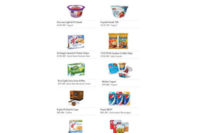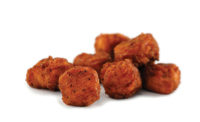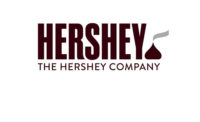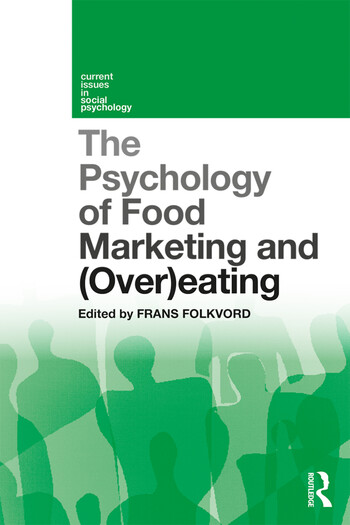The Evolving C-store
The convenience store channel is undergoing a bit of a metamorphosis.

Today, there are more than 149,000 convenience stores in operation. About two-thirds of those stores are independently owned, and the remaining are chain store operations. While convenience stores of the past had a rather homogeneous look and feel, today's stores are much more varied. Furthermore, some convenience store owners are replacing long aisles with kiosks, experimenting with larger footprints and adding "good-for-you" products next to the candy bars. Shoppers have rewarded convenience store management for these innovations. When compared to grocery and drug stores, convenience stores were the only channel that enjoyed both dollar and unit sales growth in 2012.
"Despite new innovations, the convenience channel faces several challenges," says Kelley Vacca, principal, Client Insights, IRI. "Many convenience stores sell gasoline, so sales are somewhat tied to gas prices. Even though these prices have been stable during the last year, they are still high and impacting shoppers' wallets, particularly those of young shoppers, which are a key target for convenience store marketers. In addition, convenience store sales are concentrated in a relatively small number of categories, with three of the top six categories tobacco related."
According to AAA's Fuel Gauge Report, the average national gas price for the first three months of 2013 was $3.64, an increase of nearly 9% versus 2011 and is on par with 2012. This increase is having a negative impact on consumers' wallets, with 44% of Americans feeling additional budgetary strain due to gas prices. And, among some segments, such as the millennial population, even more consumers (56%) are feeling the pinch.
In contrast, the proximity of convenience stores is a benefit in times of high gas prices. For instance, 10% of consumers state that they shop convenience stores more frequently in the presence of high gas prices due to their convenient locations. Among millennial shoppers, 24% have stepped up convenience channel shopping frequency to save money on gas.
Growth in the Aisles
Performance across the top 10 largest convenience store categories was a mixed bag in 2012, with four of these categories outperforming industry average unit sales growth rates. The strongest performers were tobacco and beverage categories. By far, the strongest growth came from energy drinks, with double-digit growth in both unit and dollar sales in 2012 at 56.4% for each, respectively.
The sharpest decline among the top 10 convenience store categories was in the bottled water category. This category has struggled during the past several years in the face of consumer efforts to rein in spending. From 2008-2012, bottled water unit sales slipped 3.1% despite beefed-up promotional efforts and associated price deflation.
The convenience channel's focus on quick and easy, often immediate consumption and indulgent, products is clearly illustrated in the channel's 10 top-selling categories, many of which are beverages. For example, weight control/nutrition liquids/powders is a category that has experienced excellent growth in recent years. The convenience store channel is capitalizing on opportunities in this area by broadening the availability of these products. In fact, total points of distribution in this category within the channel increased by nearly 78% since 2008.
Of course, there are declines in some categories as well. Overall, unit sales declined in 22% of the top 50 convenience store categories between 2008 and 2012. This includes three of the channel's top-selling products: cigarettes, carbonated beverages and bottled water. Nearly all of the sliding categories experienced average price per volume increases during the same time period.
Opportunity Knocks
Despite the challenges of the convenience channel, IRI has uncovered the following growth opportunities:
-- Electronic Cigarettes: This product has enjoyed explosive growth since bursting on the scene in 2009, and the convenience channel accounted for two-thirds of the category's sales in 2012. Channel growth of electronic cigarettes escalated in 2013, bolstered by deflationary pricing trends. The continuation of favorable pricing-related trends is key to retailers that seek to ride the wave of growth in this up-and-coming category.
-- Health and Wellness: With two-thirds of consumers indicting that they are trying to eat healthier, convenience store marketers have a great opportunity to help consumers strike a balance between wellness and indulgence in their lives. Even in traditionally indulgent categories, such as salty snacks and cookie and bakery snacks, healthier options are available and are being well received. Convenience store marketers must develop consumer-centric, 360-degree health and wellness programs.
-- Foodservice: Although many consumers are already buyers of convenience channel foodservice offerings, the desire for better quality offerings is high. This may include customizable and freshly made options, or selections provided by local and/or well-known restaurants.
-- Outdoor Advertising: Since many consumers pay at the pump at convenience stores, outdoor advertising is key to luring shoppers inside the stores. In fact, product growth rate is twice as high with outdoor causal advertising compared to doing no advertising.
"To be successful in today's marketplace, convenience stores need to keep the core and invest to develop value offerings across key categories, particularly in markets where tax increases threaten to impact tobacco users' wallets," says Susan Viamari, editor of Times & Trends, IRI. "They also need to utilize outdoor advertising as an in-store visit hook by emphasizing value, particularly during periods of high/rising gas prices. To keep the momentum going, convenience stores simply need to appeal to more. A great first step in this appeal is to develop a comprehensive health and wellness strategy targeted to the needs and wants of core shoppers."
Looking for a reprint of this article?
From high-res PDFs to custom plaques, order your copy today!








